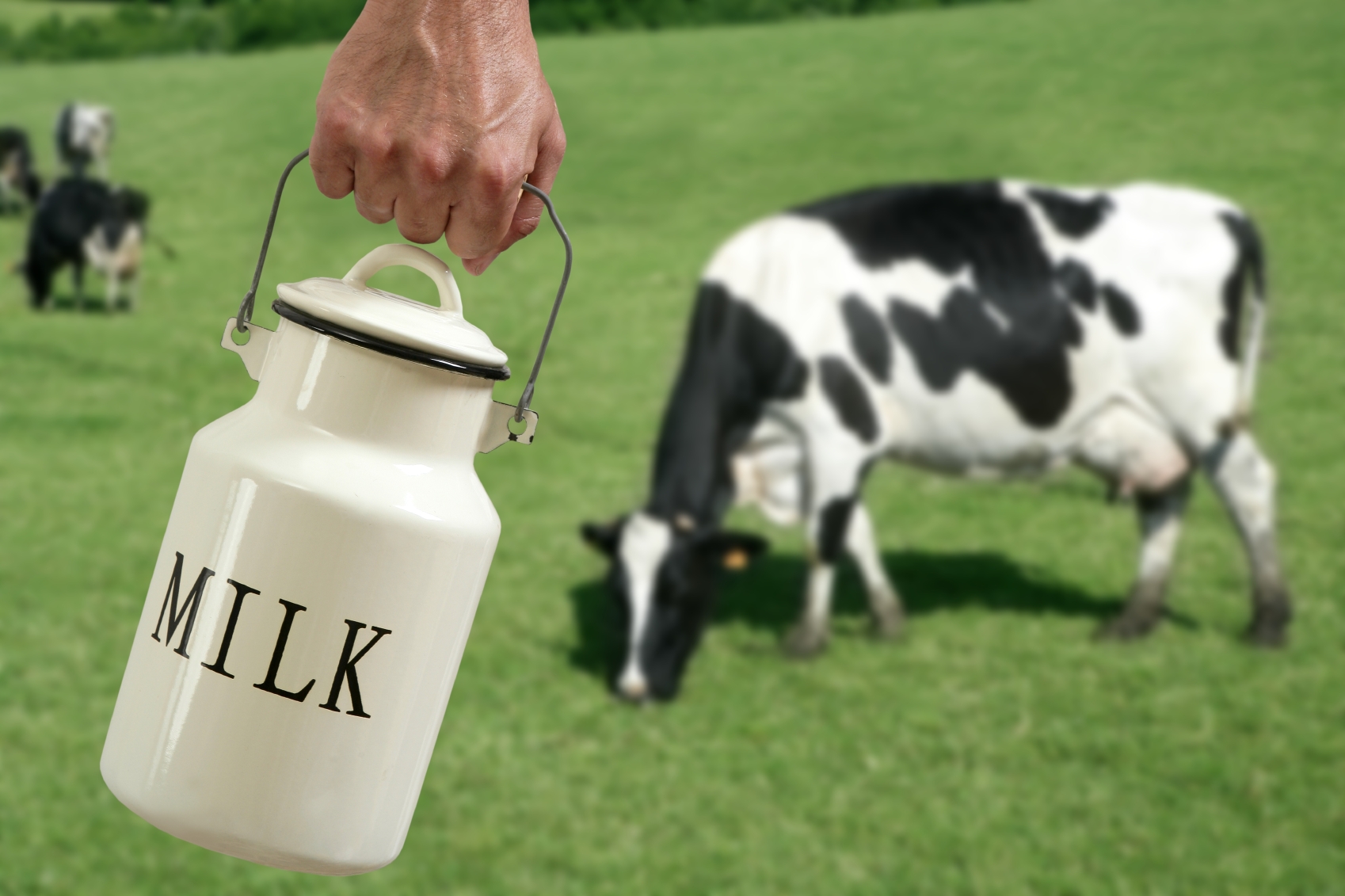How To Milk A Cow: A Comprehensive Guide

Milking a cow is an essential skill for farmers and dairy enthusiasts alike, providing a source of fresh milk that can be used for various dairy products. Understanding the proper techniques and practices of milking is crucial to ensure not only the quality of the milk but also the health and well-being of the cow. In this article, we will explore the best methods for milking a cow, the necessary equipment, and important considerations for both beginners and experienced milkers.
In addition to practical steps, we will delve into the biology of dairy cows, the milking process, and tips for maintaining a healthy milking environment. Whether you're a farmer looking to enhance your skills or simply curious about the dairy industry, this guide will provide you with valuable insights into the world of cow milking.
From preparing the cow to handling the milk, each step is vital to ensure a successful milking session. Let's get started on this rewarding journey of learning how to milk a cow!
Table of Contents
1. Understanding Dairy Cows
Dairy cows are specially bred for milk production, with several breeds known for their high milk yield. Understanding the biology and behavior of dairy cows is essential for effective milking. Here are some key points:
- Breeds: Common dairy breeds include Holstein, Jersey, Guernsey, and Ayrshire. Each breed has different characteristics and milk production capabilities.
- Milking Age: Cows typically start producing milk after they have given birth, usually at around 2 years of age.
- Milk Production Cycle: A cow's milk production peaks around 60 days after calving and gradually decreases until the next calving.
2. Preparing for Milking
Before you start milking, it’s important to prepare both the cow and the milking environment. Here are the steps you should follow:
2.1. Creating a Calm Environment
Cows are sensitive animals and can become stressed easily. Ensure the milking area is calm and quiet, free from loud noises or sudden movements.
2.2. Checking the Cow's Health
Always check the cow for any signs of illness or discomfort before milking. Healthy cows will produce better quality milk. Look for:
- Clear eyes and alert behavior
- No signs of mastitis (inflammation of the udder)
- Clean and dry udder
3. The Milking Process
The actual milking process can be done by hand or with a machine. Here’s a step-by-step guide for both methods:
3.1. Hand Milking Technique
Hand milking requires proper technique to ensure comfort for the cow and efficiency in collecting milk:
3.2. Machine Milking
Machine milking is a more efficient method used on larger farms:
- Ensure the milking machine is clean and properly functioning.
- Attach the machine to the cow’s udder, ensuring a snug fit without causing discomfort.
- Monitor the machine to avoid over-milking, which can harm the cow.
4. Post-Milking Procedures
After milking, it’s essential to follow certain procedures to maintain cow health and milk quality:
- Clean the udder again to prevent infections.
- Store the milk in a clean, cool environment to preserve its freshness.
- Monitor the cow for any signs of discomfort or health issues.
5. Tools and Equipment Needed
Having the right tools and equipment is crucial for effective milking. Here’s a list of essentials:
- Milking pail or bucket
- Milking machine (if applicable)
- Udder wash and sanitizing solution
- Cleaning supplies
- Protective gloves (optional)
6. Common Challenges in Milking
Milking cows can come with its own set of challenges. Here are some common issues and how to address them:
6.1. Cow Resistance
Some cows may resist or become agitated during milking. To alleviate this:
- Spend time with the cow to build trust.
- Use soothing sounds or gentle strokes to calm the cow.
6.2. Poor Milk Flow
If the milk flow is poor, check for:
- Possible health issues with the cow.
- Improper milking technique.
7. Health and Hygiene Practices
Maintaining hygiene is essential in the milking process to prevent contamination:
- Always wash hands before and after milking.
- Keep the milking area clean and sanitized.
- Monitor the cow’s health regularly to prevent disease.
8. Conclusion and Call to Action
Learning how to milk a cow is a rewarding skill that requires practice, patience, and care. By understanding the process, preparing adequately, and maintaining good hygiene practices, you can ensure both the health of the cow and the quality of the milk.
Now that you have a comprehensive understanding of cow milking, we encourage you to share your experiences or ask questions in the comments below. If you found this article helpful, consider sharing it with others interested in dairy farming or animal husbandry.
Thank you for reading, and we hope to see you back for more informative articles on farming and animal care!
ncG1vNJzZmivp6x%2Fb8DAnqqaZpOkum%2Bu0Widmqqena6ugY6hprBlpKR6rrXLpGSaZZOkxG6tjJympqiimrWmutKirZ5ll6q2pbGNoaumpA%3D%3D